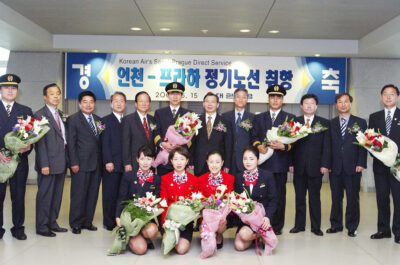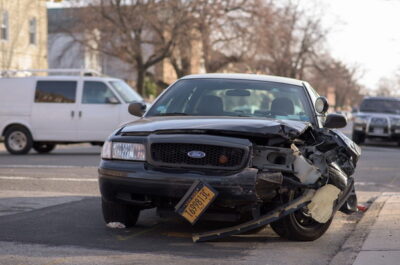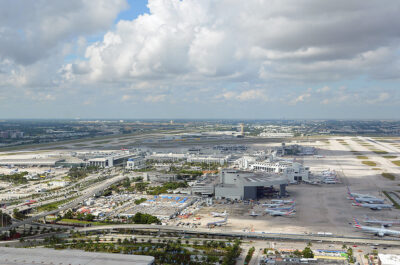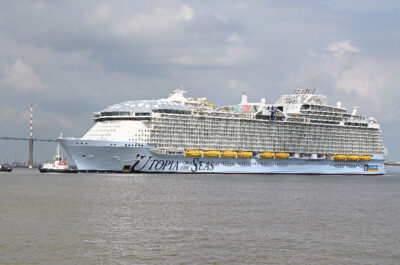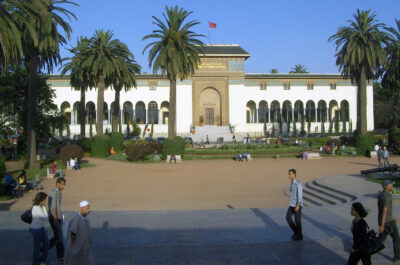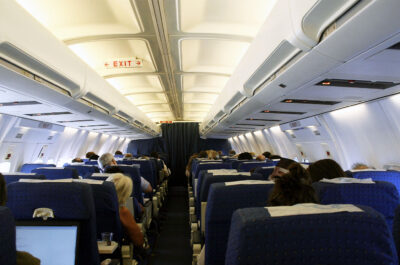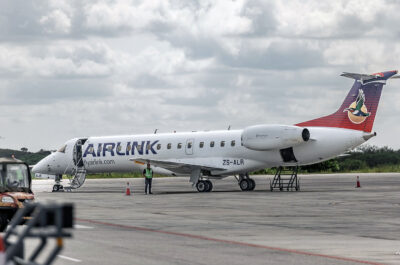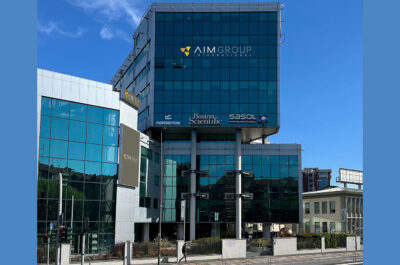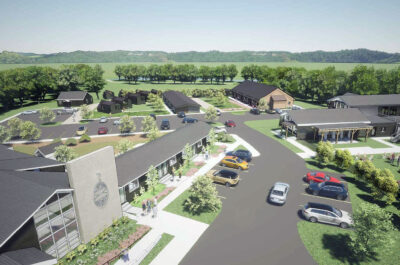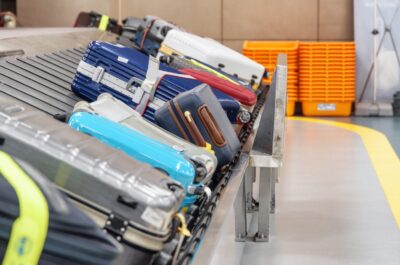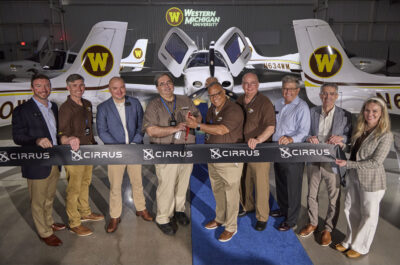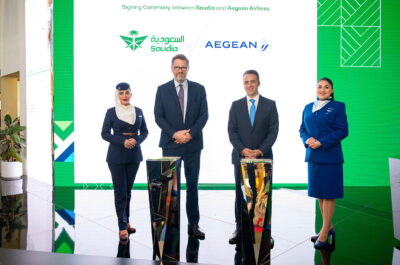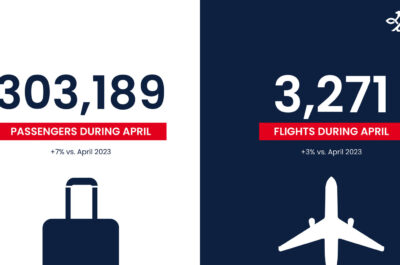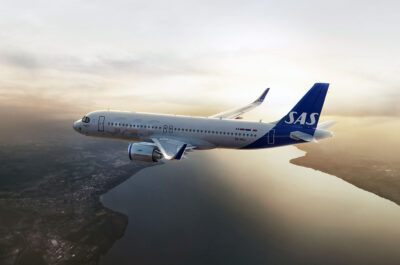New measures to enhance the safety of civil aircraft operating outside controlled airspace in the North East of England have been announced…
New measures to enhance the safety of civil aircraft operating outside controlled airspace in the North East of England have been announced by the Civil Aviation Authority (CAA) and the Ministry of Defence (MOD).
Chief of the Air Staff, Sir Jock Stirrup, and Chairman of the CAA, Sir Roy McNulty, have agreed the recommendations of a joint investigation into the risk of collision between military fast jets and Commercial Air Transport aircraft in uncontrolled airspace in the North East.
The investigation was carried out by the North East Airspace Team (NEAT) in response to a recommendation by the Air Accidents Investigation Branch (AAIB) for a review into the use of uncontrolled airspace by civil aircraft in the region. This followed an AAIB investigation into an Airprox involving a Bombardier Dash 8 and two Royal Navy Sea Harriers, approximately 30nm north east of Newcastle, in April 2002.
The Team considered a wide range of issues including airline operating procedures, the provision of air traffic services, incident statistics, and the previous measures put in place to mitigate the risk of a mid-air collision. It concluded that there was nothing to suggest that risk levels for Commercial Air Transport operations were increasing, but to further enhance air safety in the region it made six recommendations. They are:
- that a study into the airspace classification of Advisory Routes and Helicopter Main Routes should be instigated to identify those that warrant being upgraded;
- that, whenever technically possible, military fast jets and civil air transport aircraft not covered by the Airborne Collision Avoidance System (ACAS) II mandate should be fitted with a Collision Warning System;
- that a Radar Advisory Service (RAS) should be available on an agreed basis from civil and military air traffic control providers;
- that a programme of education and training for pilots flying in Class G Airspace should be introduced;
- that civil/military liaison procedures at civil airports should be enhanced when military exercises are taking place in the area;
- that a standing CAA/MOD/General Aviation Steering Group should be created to monitor the implementation of the NEAT recommendations.
These recommendations build on measures to reduce the risk of mid-air collisions in the North East that have been implemented progressively since the Spring of 1999 by the CAA and MOD. They included the re-design and re-classification of airspace, better liaison between pilots and air traffic control service providers, and the introduction of air traffic control buffer zones. All of these have contributed towards increasing flight safety in the area and positive feedback has been received from air traffic control managers at Newcastle Airport.
John Arscott, Director of Airspace Policy, CAA, said: The NEAT found no evidence to suggest that Commercial Air Transport operations outside controlled airspace were unsafe but concluded that the risk should continue to be mitigated to the greatest extent possible.
These important recommendations are being implemented through a joint action plan which has been developed. This is being given the highest priority and is directed at producing proportionate and incremental safety improvements.
For further information contact the CAA Press Office on 020 7453 6030 or the MOD Press Office on 020 7218 1534.
Notes to Editors
Airspace in the UK is split into seven separate classifications – A to G. Classes A to E are known as `controlled` airspace. Classes F and G are termed `uncontrolled` and make up that part of the UK Flight Information Region, below 24,500 ft and outside controlled airspace.
Within controlled airspace all flights are subject to an ATC clearance, and pilots are obliged to adhere to ATC instructions.
Outside controlled airspace, pilots have the choice of operating autonomously in accordance with generic rules of the air, or of making use of air traffic control services which provide advisory instructions related to the conduct of the flight.
A Radar Advisory Service (RAS) is an air traffic radar service which is provided to IFR (Instrument Flight Rules) flights irrespective of meteorological conditions, in which the controller provides the advice necessary to maintain prescribed separation between aircraft participating in the advisory service. Additionally, traffic information on conflicting non-participating traffic will be given, together with advice on action necessary to resolve the confliction. There are a number of conditions that apply to this advisory service regarding pilot compliance, controllers` responsibilities and terrain clearance.
Theodore is the Co-Founder and Managing Editor of TravelDailyNews Media Network; his responsibilities include business development and planning for TravelDailyNews long-term opportunities.






















